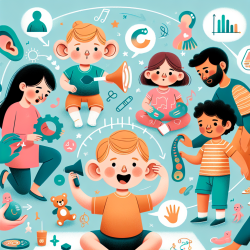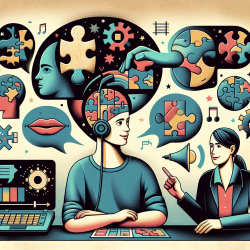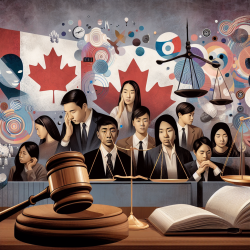Introduction
In the digital age, the way we consume news has dramatically shifted, with online platforms offering personalized content tailored to individual preferences. This shift has given rise to concerns about "filter bubbles" and "echo chambers," where individuals are exposed only to information that aligns with their existing beliefs. A recent study titled Age, gender, personality, ideological attitudes and individual differences in a person's news spectrum: how many and who might be prone to “filter bubbles” and “echo chambers” online? explores the factors influencing news consumption and the susceptibility to these phenomena.
Key Findings
The study involved 1,681 participants and examined the relationship between demographics, personality traits (using the Big Five model), and ideological attitudes (specifically Right-Wing Authoritarianism, RWA) with the number of news sources consumed. Key findings include:
- Age and gender significantly influence news consumption, with older individuals and males consuming a broader range of news sources.
- Personality traits such as Openness are positively associated with consuming diverse news sources, while RWA negatively predicts the variety of news sources consumed.
- Individuals who consume news exclusively offline tend to have higher Conscientiousness and lower Neuroticism compared to those who rely on online news feeds.
- Voting preferences are linked to news consumption patterns, with non-voters consuming the least diverse range of news sources.
Implications for Practitioners
For practitioners in speech language pathology and related fields, these findings underscore the importance of understanding the role of individual differences in media consumption. By recognizing the influence of demographics and personality on news consumption, practitioners can better tailor their interventions and communication strategies. For instance, when working with children and families, understanding their media consumption habits can inform more effective communication and educational strategies.
Encouraging Further Research
This study highlights the need for further research into the impact of media consumption on cognitive and social development, particularly in children. Practitioners are encouraged to explore how exposure to diverse or limited news sources might influence language development, critical thinking, and social attitudes. Additionally, examining the role of digital literacy in mitigating the effects of filter bubbles and echo chambers could provide valuable insights for educational interventions.
Conclusion
The research offers valuable insights into the factors influencing news consumption and the potential risks of filter bubbles and echo chambers. By understanding these dynamics, practitioners can better support individuals in navigating the digital media landscape and promoting informed and balanced media consumption.
To read the original research paper, please follow this link: Age, gender, personality, ideological attitudes and individual differences in a person's news spectrum: how many and who might be prone to “filter bubbles” and “echo chambers” online?










